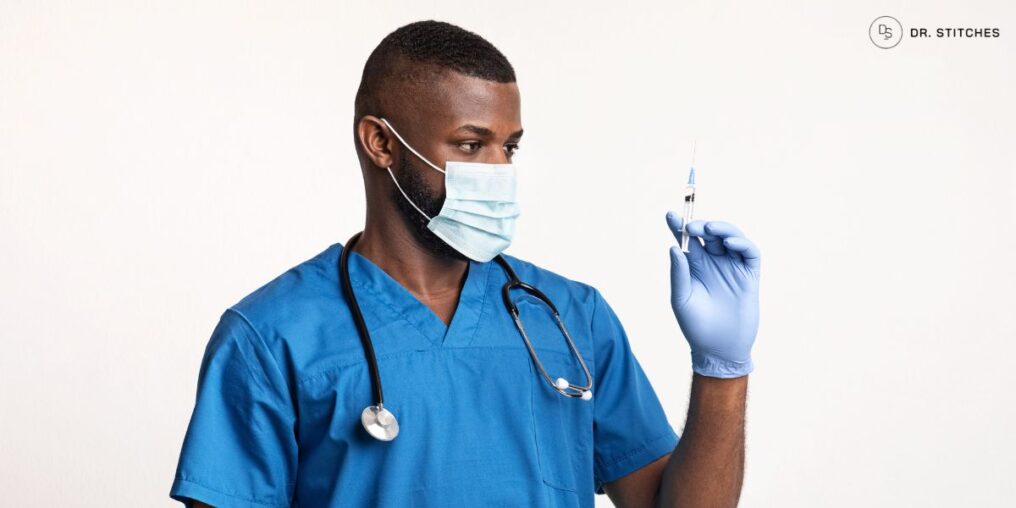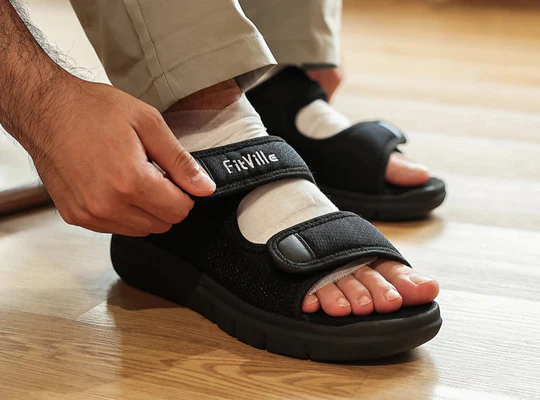In the modern healthcare landscape, infection control is not just a necessity—it’s a critical pillar that supports the safety of patients, healthcare providers, and the broader public. Amid all the personal protective equipment (PPE) used in hospital environments, the face mask has emerged as the most visible and widely used symbol of protection. But the question remains: Is a face mask enough to prevent cross-contamination in hospitals?
While the face mask is essential, relying on it as the sole protective measure is both unrealistic and potentially dangerous. Cross-contamination in hospitals is a complex issue that involves multiple pathways—airborne particles, surface contact, bodily fluids, and even human error. To effectively minimize risk, healthcare workers must adopt a holistic approach to PPE, which includes not just face masks but also gloves, gowns, and the often underappreciated head cap.
The Role of Face Masks in Infection Control
Face masks play a vital role in controlling the spread of infectious diseases. Designed to cover the nose and mouth, they block respiratory droplets—the primary carrier of many pathogens—from being inhaled or exhaled. For doctors, nurses, and other healthcare professionals, masks offer a first layer of defense against bacteria and viruses, especially during procedures, patient interaction, or exposure to coughing and sneezing individuals.
There are several types of face masks used in hospitals: surgical masks, N95 respirators, and specialty masks with advanced filtration systems. Each has varying degrees of protection. N95 masks, for instance, are more effective against airborne particles due to their tight fit and filtration capacity. Surgical masks, while effective against larger droplets, offer less protection against aerosolized pathogens.
Despite these strengths, face masks alone do not provide complete immunity from contamination. Pathogens can still find other entry points, settle on surfaces, or travel via exposed skin and hair, which is where complementary PPE becomes essential.
Understanding Cross-Contamination in Hospitals
Cross-contamination occurs when harmful microorganisms are transferred from one person or surface to another, often unintentionally. In hospitals, this can happen in numerous ways:
- A healthcare provider touches a contaminated surface, then adjusts their mask or touches a patient.
- Bodily fluids splash during surgery, landing on skin or hair.
- Particles settle in hair, clothing, or equipment and are later transferred to other locations.
Because pathogens don’t restrict themselves to the nose and mouth area, using only a face mask creates gaps in protection. This is especially true during high-risk procedures like surgeries, intubations, or treating infectious patients. To truly minimize the spread of infections, full-body precautions must be practiced.
The Overlooked Importance of the Head Cap
One such overlooked barrier is the head cap. Often used in surgical settings or sterile environments, the head cap is designed to cover the hair and scalp—areas that are surprisingly prone to harboring microbes. Hair can trap bacteria, dust, and other contaminants. During procedures, even a small movement can dislodge particles, allowing them to drift into sterile fields or onto exposed surfaces.
Doctors and nurses often wear head caps alongside masks to ensure a comprehensive protective barrier. The head cap helps reduce shedding of hair and skin flakes, both of which can carry microorganisms. It also provides a level of personal hygiene by preventing sweat or oils from the scalp from contaminating gloves or instruments during procedures.
In a hospital setting where sterility is paramount, omitting the head cap can undermine the effectiveness of other PPE. Together, the mask and head cap offer a tighter seal of protection, especially in environments like operating theaters, ICUs, and infectious disease wards.
Complementary Protection Measures
In addition to the face mask and head cap, other PPE and hygiene practices play a significant role in preventing cross-contamination:
- Gloves: Prevent direct contact with infectious materials but must be changed frequently.
- Gowns and aprons: Protect clothing and exposed skin from splashes and airborne particles.
- Eye protection: Shields eyes from aerosols and fluids, particularly during surgeries or procedures.
- Hand hygiene: Frequent washing and sanitizing of hands remain one of the most effective defenses.
- Environmental cleaning: Disinfection of surfaces, instruments, and common areas is essential.
It is the combined effect of all these measures—not one alone—that effectively minimizes the risk of cross-contamination.
Training and Compliance: The Human Factor
Even the best PPE is only as effective as the person using it. Proper training in donning (putting on) and doffing (removing) equipment is crucial. For example, touching the front of a used mask or removing a head cap incorrectly can lead to self-contamination.
Hospitals must invest in regular training and create a culture of compliance. Audits, reminders, and real-time feedback can help ensure that protocols are followed correctly. This is particularly important in high-stress environments where lapses can easily occur.
Final Thoughts: A Holistic Approach to Safety
So, is a face mask enough to prevent cross-contamination in hospitals? The short answer is no. While it plays an indispensable role in the protection of healthcare workers and patients, a face mask alone cannot block all pathways of infection. Effective prevention requires a full suite of PPE—including the head cap—along with rigorous hygiene practices and environmental control.
Infection control is not about isolated tools, but about a system that works cohesively. In this system, every element—no matter how small—has a purpose. And when used together, these elements create a shield that protects both those who heal and those who are healing.
Hospitals that recognize and act on this holistic approach stand a far better chance of keeping cross-contamination at bay and ensuring the highest standards of patient safety.





